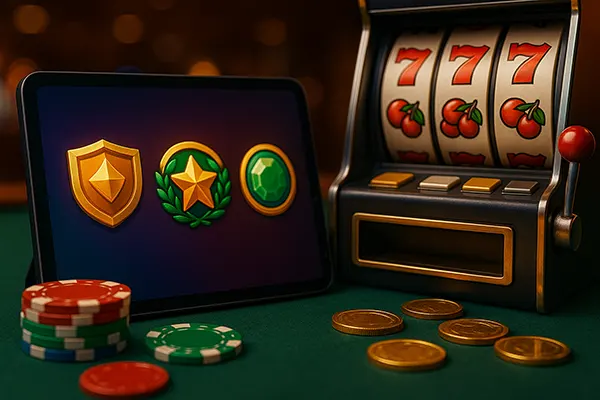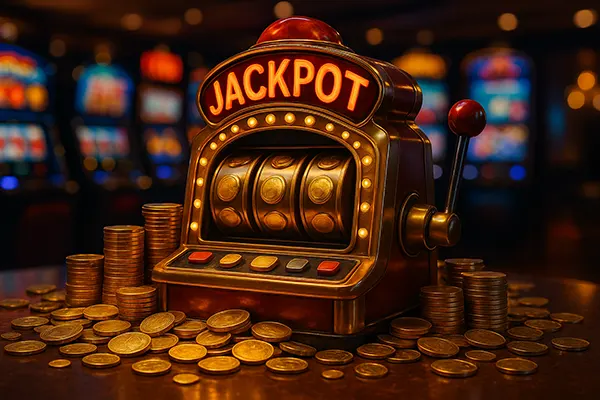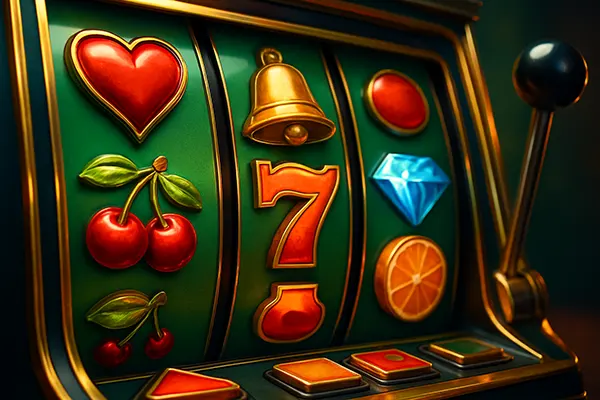
Gamification in Casinos: How Missions, Levels and Badges Influence Player Behaviour
Gamification has become one of the defining trends in the gambling industry by 2025. Operators increasingly use mechanics such as missions, levels, badges, and reward systems to influence player engagement. Unlike traditional loyalty schemes, these tools are interactive and give players the sense of progress, achievement, and personalisation. Understanding how these mechanics affect behaviour helps explain why many casinos invest heavily in gamification today.
The Rise of Gamification in Gambling
Gamification in casinos is not a new idea, but its presence has grown rapidly over the past five years. Operators realised that simply offering bonuses was not enough to keep players engaged long term. Instead, introducing game-like features outside the main games themselves has created a more immersive experience.
By 2025, more than half of major online casinos use tiered systems with levels that unlock new features, tailored rewards, or exclusive access. This mirrors the structure of video games, where players progress step by step towards larger achievements.
Additionally, gamification has become linked with responsible gambling initiatives. Progress indicators and missions can be used not only to entertain, but also to encourage players to set limits and play more consciously.
Key Features Driving Engagement
Missions remain the most popular gamification tool. These tasks may include playing a certain slot, making a series of deposits, or trying a new feature. Completing missions gives players small, immediate rewards, which reinforce continued play.
Levels and progression systems strengthen the psychological link between effort and reward. Players perceive themselves as achieving milestones, and this sense of progress encourages longer sessions and repeat visits.
Badges and collectable trophies add a social layer to the experience. Many casinos now allow players to display these achievements in their profiles, giving a sense of pride and status within the community.
The Psychology Behind Gamification
Gamification relies heavily on behavioural psychology. Studies confirm that rewards linked to effort stimulate dopamine release, which creates a cycle of motivation. In gambling environments, this reinforcement can be both powerful and risky.
The use of streaks and progress bars plays into human preference for completion. Players are more likely to continue when they see themselves close to finishing a mission or unlocking a reward tier.
By 2025, artificial intelligence has enhanced these systems, tailoring challenges to individual preferences. This personalisation means players are more likely to engage with missions and goals that match their behaviour and favourite games.
Potential Risks and Ethical Considerations
While gamification can enhance entertainment, it also raises ethical questions. Critics argue that mechanics designed to extend play may increase the risk of problem gambling. By making rewards small and frequent, casinos risk creating compulsive behaviour.
Regulators in the UK, Denmark, and other European markets have begun reviewing gamification practices. Some jurisdictions require transparency about how missions and levels work, ensuring players understand the rules before committing.
Responsible gambling organisations highlight the importance of using gamification not only to extend play but also to promote healthy habits. For example, some casinos now offer badges for taking breaks or setting deposit limits.

Future Directions of Gamification
Looking forward, gamification is expected to evolve alongside technological innovation. Virtual reality casinos, already tested in 2024, integrate gamification with immersive worlds where achievements can be visualised in 3D environments.
Blockchain technology is also shaping this trend by offering verifiable, tradeable badges or mission rewards. These digital assets give players real ownership over their progress, which extends beyond a single casino.
Finally, cross-industry influence continues. As video gaming and gambling merge, features like battle passes or seasonal events may become standard in casinos, further blurring the line between entertainment and betting.
What Players and Operators Should Expect
Players can expect gamification to become more integrated, not as an optional extra but as a core part of the gambling experience. Missions, levels, and badges will likely adapt dynamically to individual behaviour, ensuring that engagement remains high.
For operators, the challenge is balancing engagement with responsibility. Gamification will only remain sustainable if it is implemented transparently and ethically, with built-in safeguards against overuse.
By 2025, gamification is no longer just a marketing tool but a defining element of how players interact with casinos. Its role in shaping behaviour is undeniable, making it one of the most influential trends in the gambling industry today.
Similar articles
-
 Why Card Counting Appears More E...
Why Card Counting Appears More E...Card counting has long been associated with an image of control, logic, and …
-
 Progressive Jackpots Explained: ...
Progressive Jackpots Explained: ...Progressive jackpots remain one of the most dynamic features in modern gambling. These …
-
 Casino Game Design: Why Specific...
Casino Game Design: Why Specific...The modern approach to casino game design is built on psychology, visual communication, …
-
 Ecology of the Gambling Industry...
Ecology of the Gambling Industry...The gambling industry continues to expand globally, influencing economies, cities, and local communities. …
